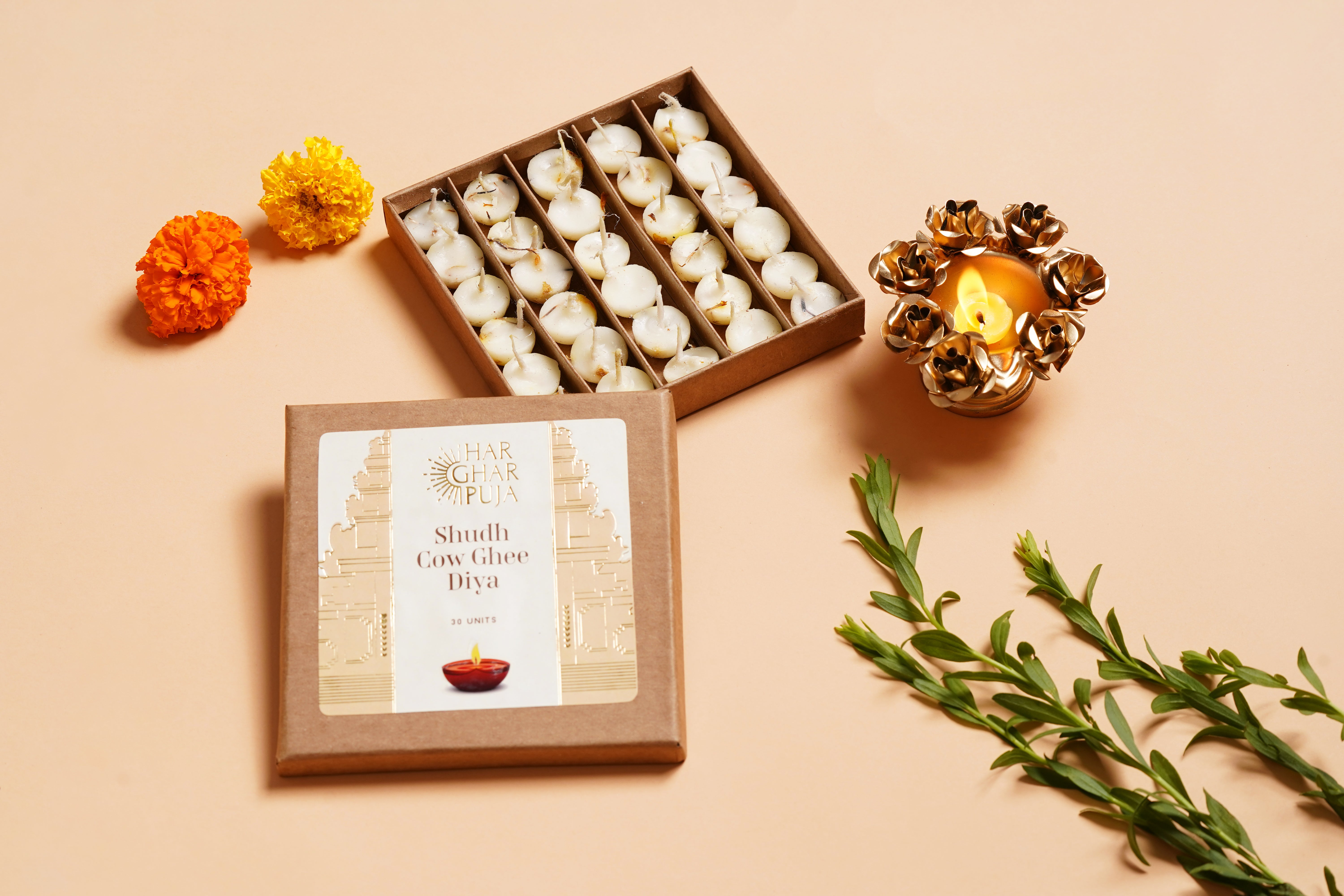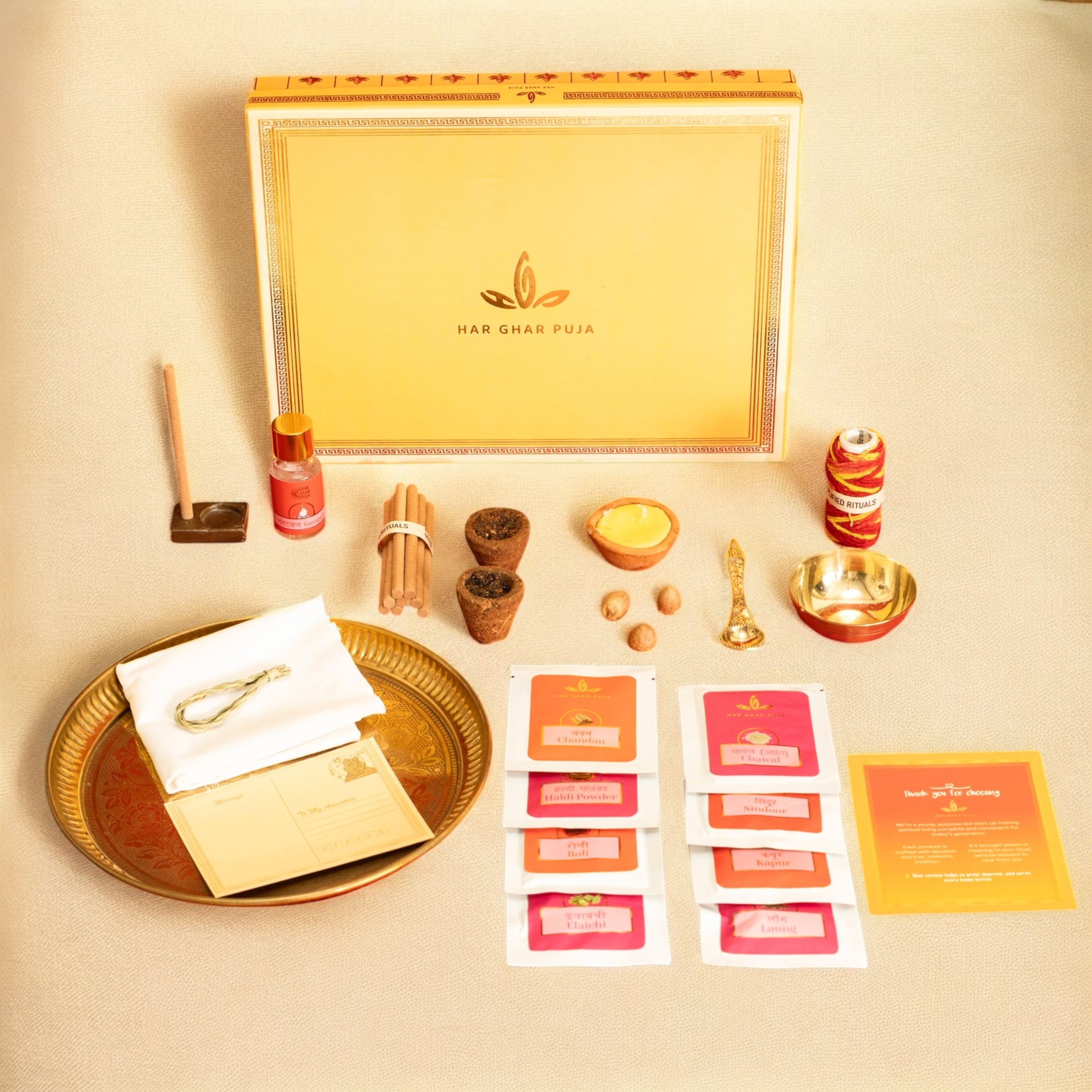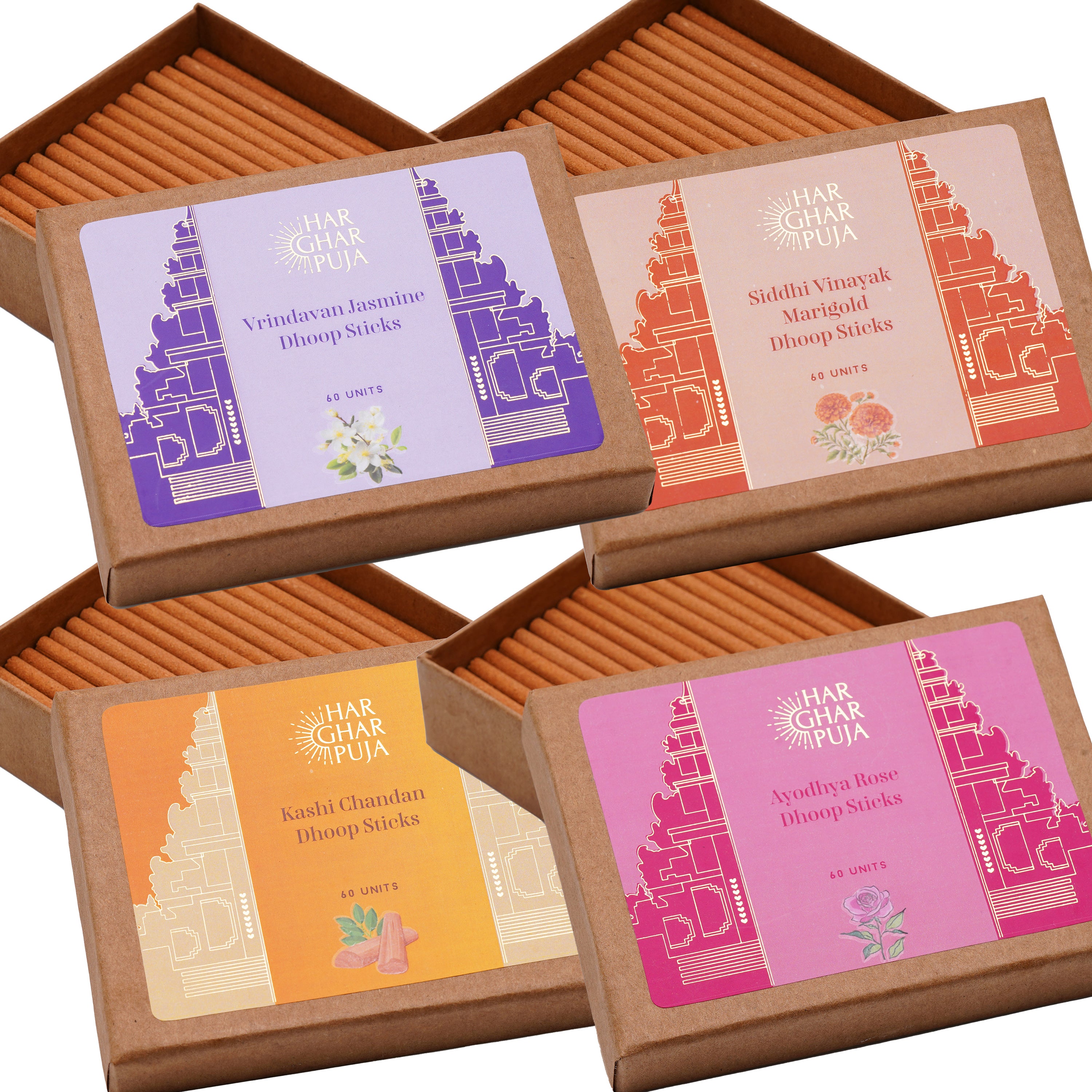India, a land of festivals, celebrates a plethora of cultural and religious events throughout the year. Among these, Teej holds a special place, particularly for women. The festival, celebrated with great fervor and joy, symbolizes the union of nature, spirituality, and social harmony. This article delves into the various types of Teej, their cultural significance, reasons for celebration, and the scientific benefits associated with the rituals.
What is Teej?

Teej is derived from the Sanskrit word “Tritiya,” meaning ‘third.’ It refers to the third day after Amavasya (new moon) or Purnima (full moon). Teej is an umbrella term for three major Hindu festivals dedicated to Lord Shiva and Goddess Parvati. Predominantly celebrated by women, Teej involves fasting, worship, singing, dancing, and rituals that express devotion, love, and the longing for marital bliss.
Types of Teej
1. Hartalika Teej
Hartalika Teej is celebrated on the third day of the Shukla Paksha (waxing phase of the moon) in the month of Bhadrapada. It commemorates the reunion of Goddess Parvati with Lord Shiva after her penance.
2. Hariyali Teej
Hariyali Teej, also known as Shravani Teej, is celebrated on the third day of the Shukla Paksha in the month of Shravan. It marks the onset of the monsoon and is dedicated to the worship of Lord Shiva and Goddess Parvati.
3. Kajari Teej
Kajari Teej is celebrated on the third day of the Krishna Paksha (waning phase of the moon) in the month of Bhadrapada. It is popular in the regions of Uttar Pradesh, Bihar, and Rajasthan.

Other regional variations include Akha Teej (Jain community, Rajasthan), Avari Teej (Madhya Pradesh, Chhattisgarh), Kajal Teej (Telangana), and Kewada Teej (Gujarat).
Teej is also celebrated in Nepal with great enthusiasm.
Why is Teej Celebrated?
According to Hindu mythology, Goddess Parvati performed rigorous penance for 107 births to reunite with Lord Shiva. On her 108th birth, Lord Shiva accepted her as his wife. Teej symbolizes this union and is celebrated by women for marital bliss, well-being, and prosperity. Married women observe fasts and perform rituals to pray for their husband’s longevity, while unmarried girls pray for an ideal husband like Lord Shiva.
Cultural Aspect of Teej
Teej is a festival deeply embedded in the cultural fabric of India. Women return to their maternal homes, adorn themselves in traditional attire, and participate in various rituals. The festival promotes social bonding and cultural expression through folk songs, dances, and traditional customs.
Significance of Teej Songs and Kajri
Kajri songs, sung during Teej, reflect the emotions of longing, love, and separation. These songs have enriched Indian classical music and have been a medium of cultural expression for centuries. Kajri songs are sung while swinging on decorated swings, symbolizing joy and festivity.
Scientific Benefits of Teej Rituals

1. Fasting
Fasting during Teej has several health benefits. It detoxifies the body, promotes self-discipline, and fosters mental clarity. Scientifically, intermittent fasting has been shown to improve metabolic health and enhance longevity.
2. Social Harmony
The collective celebration of Teej fosters social unity and cultural bonding. It strengthens community ties and promotes mutual understanding and cooperation among people.
3. Psychological Well-being
Participating in rituals, singing, and dancing releases endorphins, which enhance mood and reduce stress. The festive atmosphere and social interactions contribute to overall psychological well-being.
When is Teej Celebrated
Teej is celebrated during the monsoon season, which varies slightly according to the Hindu lunar calendar:
- Hariyali Teej: Shukla Paksha Tritiya of Shravan month
- Hartalika Teej: Shukla Paksha Tritiya of Bhadrapada month
- Kajari Teej: Krishna Paksha Tritiya of Bhadrapada month
Folk Songs and Swings – a symbol of Teej
During the Teej festival, women sing traditional songs and play on swings to celebrate the joyous monsoon season and express their emotions and cultural heritage. The songs, known as Kajri, often reflect themes of love, longing, and separation, capturing the essence of the monsoon’s romantic ambiance. Swings decorated with flowers symbolize the rejuvenation of nature and the festive spirit. This practice fosters social bonding, creating an environment of shared joy and togetherness, while also allowing women to take a break from their daily routines and revel in the collective celebration of Teej.

How to Celebrate Teej
Teej celebrations involve various rituals and customs:
- Fasting: Women observe a strict fast, often without water, to pray for their husband’s long life and marital bliss.
- Puja and Rituals: Women worship Goddess Parvati and Lord Shiva with flowers, fruits, and sacred items.
- Traditional Attire: Women dress in vibrant traditional clothes, usually green, symbolizing fertility and prosperity.
- Folk Songs and Dance: Singing Kajri songs and dancing are integral parts of the celebration.
- Swings: Decorated swings are set up, and women enjoy swinging while singing traditional songs.

Teej is a celebration of love, devotion, and cultural heritage. It highlights the deep-rooted traditions and values of Indian society. The festival not only strengthens marital bonds but also promotes social harmony and well-being. By understanding and embracing the significance of Teej, we can appreciate the rich tapestry of Indian culture and its timeless traditions.
Check when is Hartalika Teej in 2025 – Link
Check when is Kajri Teej in 2025 – Link
Check when is Haryali Teej in 2025 – Link







